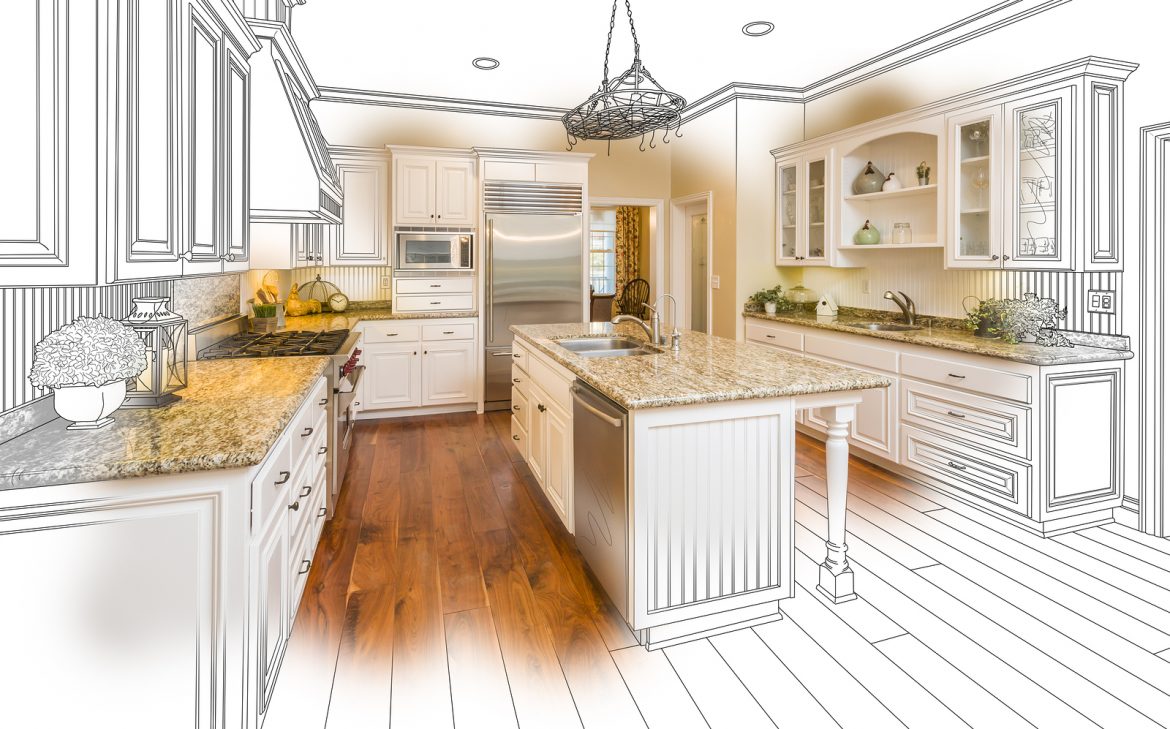First Steps When Building A Custom Home
Posted on April 7 in Tips

Building a custom home is an exciting and complex endeavor and we recently posted tips to help you determine if building a custom home is right for you. Once you decide to take the plunge, what comes next? In a word – pre-planning. Taking plenty of time to carefully map out all aspects of the construction process will yield decreased chances of delays, unexpected expenses or other surprises. Here’s how to get started:
- Do your research – Establish a project budget and outline your wants and needs for the home. Where do you want to live? How much space do you need and what style of home would you like to live in? With this information in hand, it will be easier to find the right builder and architect, articulate how you envision your home, and get started on a project that works within your budget.
- Assemble your team – Find a reputable builder and architect to lead you through the construction process. At Charles Clayton, clients typically start by securing a builder and we then guide our client to the most qualified architect for the project. A strong team will ensure all steps of the construction process go smoothly, within your budget and with the highest quality build.
- Secure financing – If you need financing, you will most likely need a loan to purchase the lot, a construction loan to cover the costs building the home as well as a mortgage for the home after the construction phase is over. The financing process is fairly different from purchasing an existing home – it’s important to find a reputable lender that will help you fully understand the process and what to expect.
- Find the perfect location – Work with a realtor that specializes in new construction and make sure your architect and builder thoroughly evaluate the property before purchasing. The architect will help you understand what type of home design and layout will work with the lot and the builder is crucial to help you understand a long list of important considerations like existing easements and setbacks, access to utilities, maximum square footage, amount of impervious coverage allowed and many other details related to codes and other regulations. A due diligence period in the real estate sales contract with ample time to thoroughly review the lot is one of the most important components to finding an ideal location.
- Develop a Plan – Work with your architect and builder to develop a blueprint for the home and map out specifics. It’s much easier to move a wall on paper than it is after construction has begun. Thoroughly review all the details and be confident about your choices and selections before construction begins.
Just remember to exercise patience, thorough research and thoughtful planning will ensure construction of your new home will be a smooth and enjoyable process.









